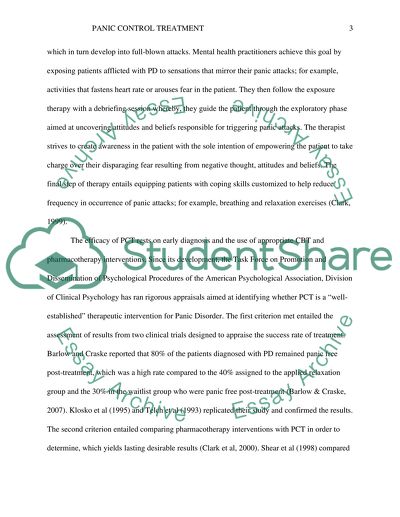Cite this document
(“Describe a cognitive behavioural model of panic disorder and Essay - 1”, n.d.)
Describe a cognitive behavioural model of panic disorder and Essay - 1. Retrieved from https://studentshare.org/psychology/1644640-describe-a-cognitive-behavioural-model-of-panic-disorder-and-critically-evaluate-the-extent-to-which-the-assumptions-of-the-model-are-supported-by-empirical-evidence
Describe a cognitive behavioural model of panic disorder and Essay - 1. Retrieved from https://studentshare.org/psychology/1644640-describe-a-cognitive-behavioural-model-of-panic-disorder-and-critically-evaluate-the-extent-to-which-the-assumptions-of-the-model-are-supported-by-empirical-evidence
(Describe a Cognitive Behavioural Model of Panic Disorder and Essay - 1)
Describe a Cognitive Behavioural Model of Panic Disorder and Essay - 1. https://studentshare.org/psychology/1644640-describe-a-cognitive-behavioural-model-of-panic-disorder-and-critically-evaluate-the-extent-to-which-the-assumptions-of-the-model-are-supported-by-empirical-evidence.
Describe a Cognitive Behavioural Model of Panic Disorder and Essay - 1. https://studentshare.org/psychology/1644640-describe-a-cognitive-behavioural-model-of-panic-disorder-and-critically-evaluate-the-extent-to-which-the-assumptions-of-the-model-are-supported-by-empirical-evidence.
“Describe a Cognitive Behavioural Model of Panic Disorder and Essay - 1”, n.d. https://studentshare.org/psychology/1644640-describe-a-cognitive-behavioural-model-of-panic-disorder-and-critically-evaluate-the-extent-to-which-the-assumptions-of-the-model-are-supported-by-empirical-evidence.


